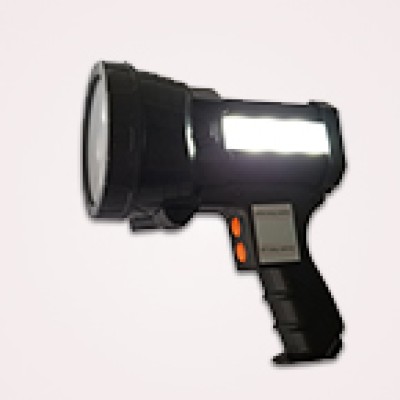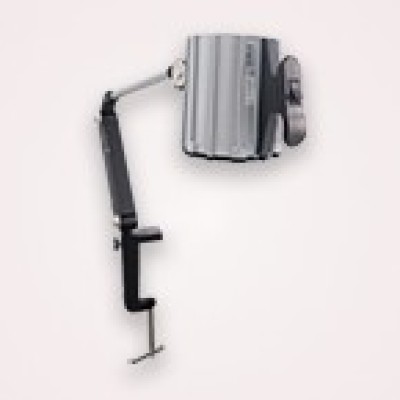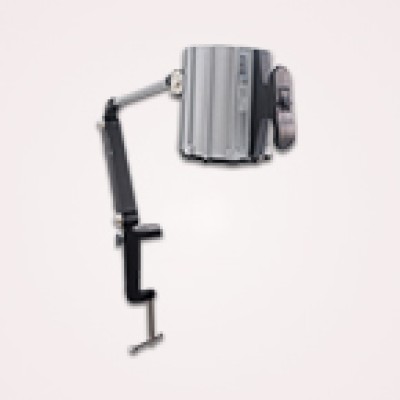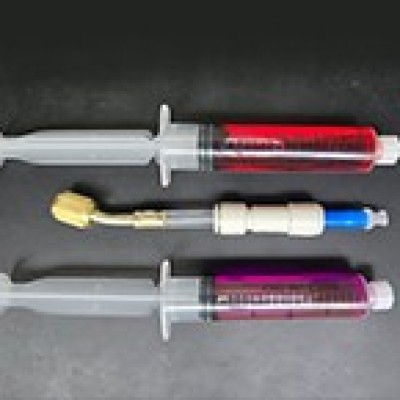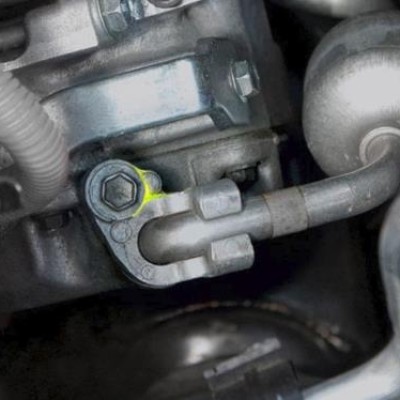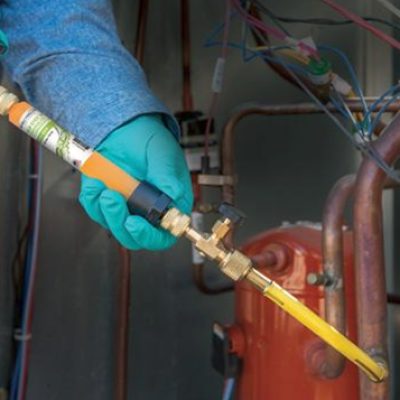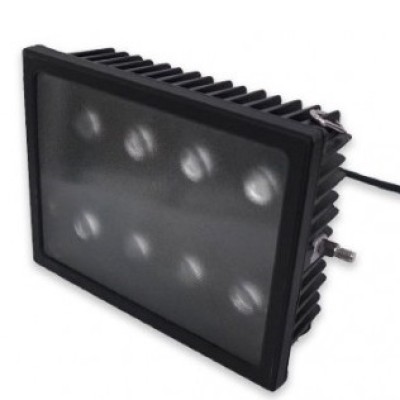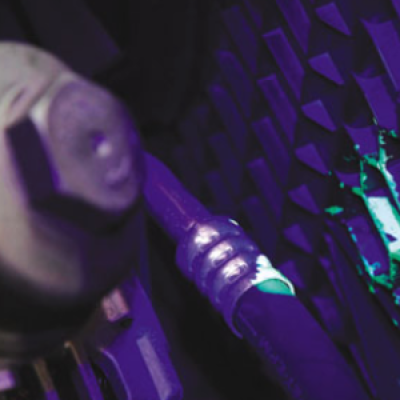Introduction
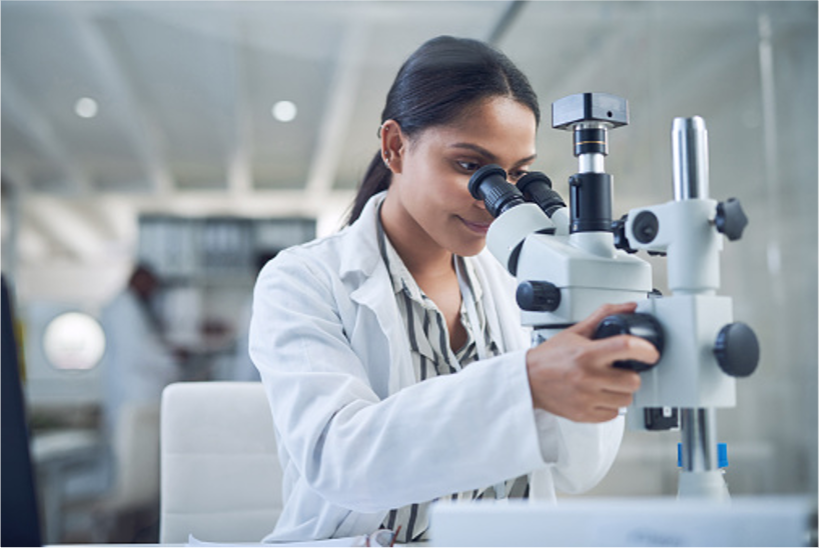
Fluorescence microscopy is the most frequently applied analytical tool in biosciences. It strengthens the power of an ordinary optical microscope with fluorophore tags. It has significantly improved the observation of live cells and biomolecules without going through the time-consuming staining processes. To further enhance the effectiveness and efficiency of a fluorescence microscope, a microscope fluorescence adapter can be applied. It provides a solution to the stereo microscope’s fluorescence observation. It is a package of everything required for adapting any stereo microscope, which is inexpensive and ubiquitous. It can convert the most existing stereoscopes at modest cost. With the combination of a microscope and an adapter, multiple solutions can be generated for the protein excitation light source without destroying the existing stereo microscope.
Rationale of Fluorescence Microscopy
A fluorescence microscope requires a mercury or xenon lamp to produce ultraviolet light. The light will go through the microscope and hit a dichroic mirror, which reflects a range of wavelengths and allows the other range to pass through. The mirror then reflects the ultraviolet light onto the specimen and excites the fluorescence within the molecules in the specimen. The objective lens will collect the fluorescent wavelength light produced. The light will then pass through the mirror and a barrier filter to eliminate the wavelengths except fluorescent, finally, transported to the eyepiece to form an image. Scientists can gather the data observed and conclude useful information from it.
Limitations of Fluorescence Microscopy
Despite the enormous uplifting force brought by fluorescence microscopy, several limitations still persist. In particular, during the process of investigation, the cells may be damaged by the exposure to light or fluorophores. Accordingly, in time-course studies, where continuous examination is conducted on the same cells, there will be a great chance of degradation of the cytoskeleton and increased cell membrane permeability. The accuracy of data collected will then be hindered. On the other hand, photobleaching may occur on small molecules and protein fluorophores. A complete absence of fluorescence will result. Therefore, much attention should be placed on cell preservation and the guidelines of application to minimize the negative impacts on the data to be gathered.
Microscope Fluorescence Adapter System
A microscope fluorescence adapter can be used on top of a fluorescence microscope and offers a complete solution with everything needed for various fluorescence excitation tests. The SLF6300 microscope fluorescence adapter from Sunlonge consists of five components as listed below.
- Flexible gooseneck lamp holder and power supply, which can be freely combined.
- SLF8806 adapter ring for microscope, that is suitable for all stereoscopes and filters.
- Light modulator, also known as a customizable dimmer, supporting the adjustment of the brightness of the excitation light source, ranging from 0% to 100%.
- Filters, which typically consist of three types of filters for selection, including SLF400-UV, SL500-blue light and SLF600-green light.
- Observation filters, which usually contain several types for selection, for instance, SLFF400-ultraviolet, SLFF500-blue light and SLFF600-green light.
Advantages of the Microscope Fluorescence Adapter
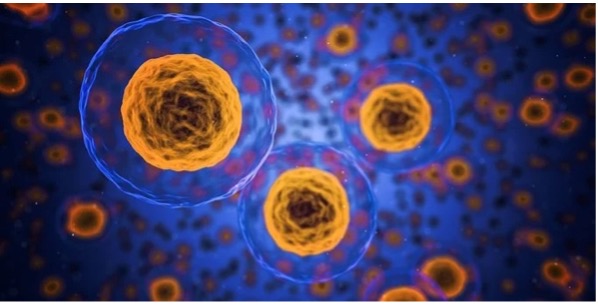
The greatest aim of a microscope fluorescence adapter is the flexibility in adapting the microscope to different samples. Without disassembling and modifying the microscope, which requires high time and financial costs, the microscope fluorescence adapter can be easily installed onto any stereo microscope within a minute. With its flexibility, technicians can adjust the intensity and cater to the demands of diverse samples with countless modular excitation and emission light sources, generating the most accurate result. In addition, the microscope fluorescence adapter is lightweight and easy to carry. Accordingly, the installation of the microscope fluorescence adapter has uplifted the process of fluorescence observation and strengthened its accuracy.
Conclusion
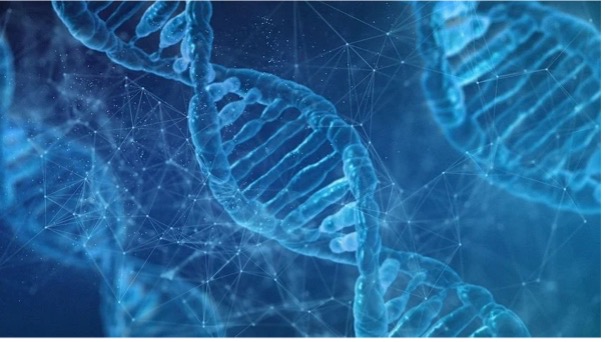
In spite of several limitations, the technique of fluorescence microscopy is widely applied in visualizing the structures and observing the physiological and biological events in living cells. With the introduction of the microscope fluorescence adapter, the samples can be investigated with a greater flexibility and accuracy. The innovation of fluorescence microscopy has boosted the examination of various physiologically vital chemicals and molecules, for example, DNA, magnesium, enzymes, and calcium, creating a clear three-dimensional internal structure. Correspondingly, it has been one of the greatest foundations of biological advancement and other fields of development.
 CN
CN

